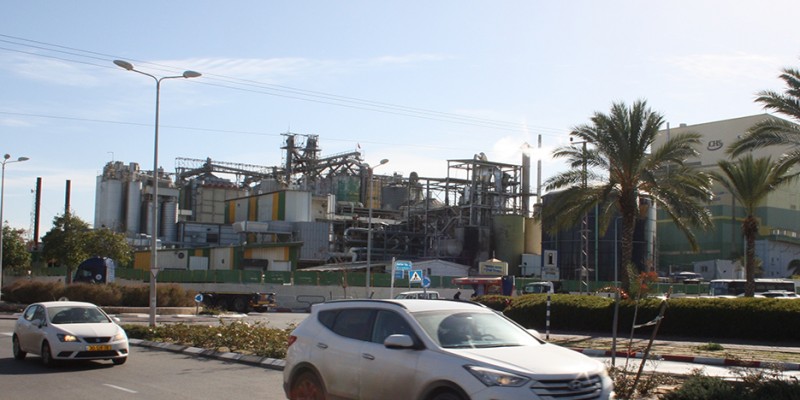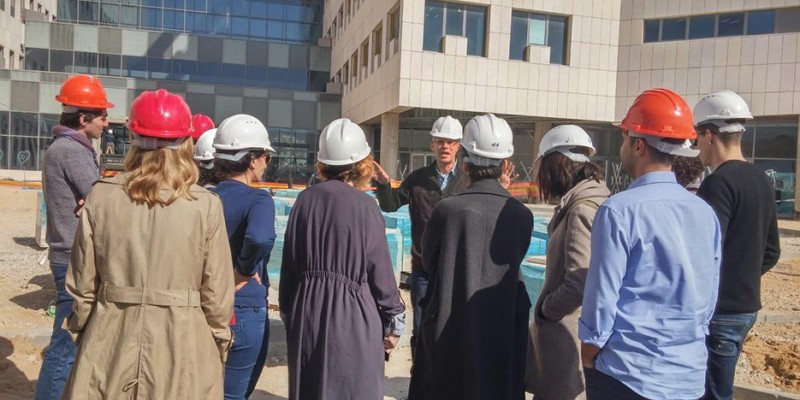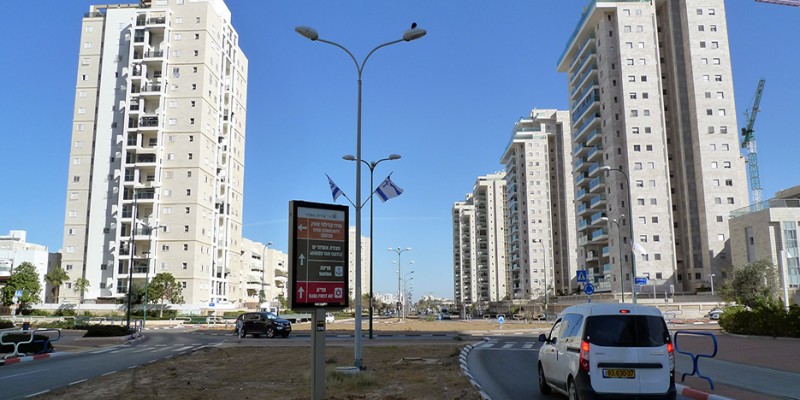In the competition among cities for manufacturers and industrial investment, the functionality and efficiency of a city’s industrial areas are decisive factors. Other increasingly decisive factors include geographical proximity and community. The evolution of manufacturing, termed the “Fourth Industrial Revolution” by Klaus Schwab, is altering manufacturers’ calculations with regard to site selection. Proximity to suppliers and markets, to the city center and its varied resources, and to residential areas is increasingly important. A sense of community and social relationships are also seen as core resources. The increasing importance of these factors has made flexible and innovative land use regulations and building codes highly desirable. While policymakers are responding to the trending importance of these factors, especially through economic development strategies that aim to cultivate cross-sector collaborations and partnerships, the field of urban planning is not offering new spatial models that might influence strategic thinking about industrial development and cities’ resiliency.
Striving to guarantee Ashdod’s competitiveness and resiliency and to make Ashdod a leader in industrial and technological innovation through city design, Yehuda Frankel, City Council Member in charge of Education & Industrial Development, and Dr. Smadar Itzkovich, Head of the Industry Development Division, initiated this project. Recognizing the great economic and social opportunities inherent in the development of a new port, the construction of the Assuta Ashdod University Hospital, and the development of a new industrial area on the city’s southern edge, they decided to approach the Academy to develop a cutting-edge vision for the future planning and development of Ashdod’s industrial areas. This initiative is unique and signals their great commitment to this endeavor.
This project has two phases:
Phase I, a preliminary study conducted by students from Tel Aviv University and MIT, aims to understand the spatial effects and dynamics of 21st-century manufacturing, and to recommend policies that respond to these effects and dynamics. During a 10-day workshop in Ashdod and at Tel Aviv University, students examined and analyzed Ashdod’s industrial areas. The preliminary study is divided into two booklets: the first focuses on the existing conditions of and opportunities for Ashdod’s industrial sites, and was written by Tel Aviv University students guided by Dr. Tali Hatuka; and the second focuses on case studies from around the globe and applicable lessons for the city of Ashdod, and was written by MIT students guided by Prof. Eran Ben-Joseph. see also: industrial urbanism .
Phase II, a strategic plan developed in the Laboratory of Urban Design at Tel Aviv University by Tali Hatuka, Sunny Menozzi Peterson, and Einat Pragier, aims to develop a vision for Ashdod’s industrial areas. More specifically, the plan aims to: (1) understand the features and character of Ashdod’s industrial areas; (2) develop strategies for physical planning and policy development; and (3) study and highlight the relevancy of ideas and strategies from around the world in the field of industrial planning and development.






